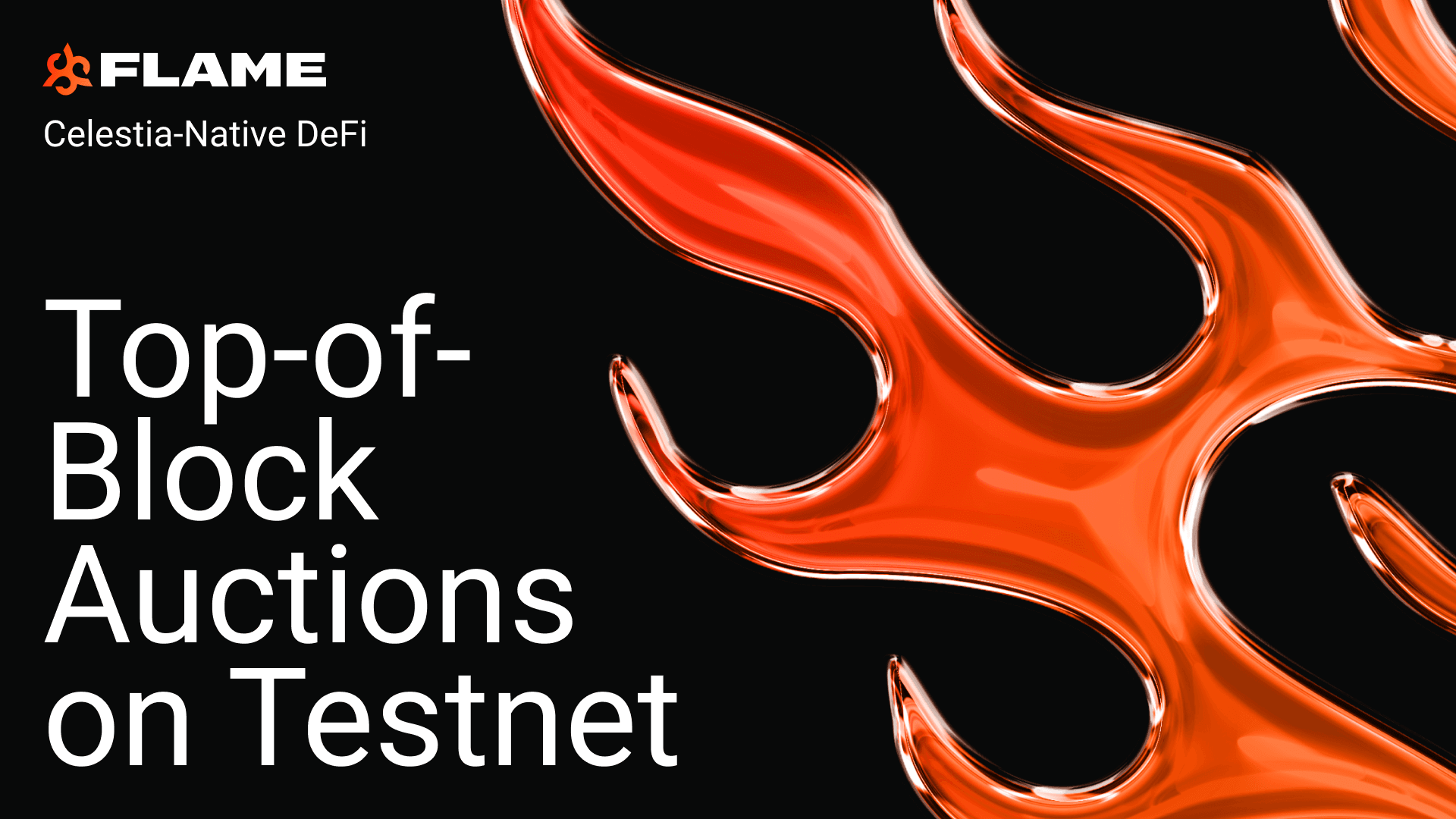Mainnet is live

Josh Bowen
Oct 28, 2024

At 4:20 PM Central Time on Friday October 25th, Astria mainnet alpha successfully produced its first block, marking the launch of the first decentralized shared sequencing layer.
Decentralized by default
Astria was founded with the belief that centralization is antithetical to crypto and that performance and high quality UX need not come at the cost of decentralization.
From our first blog post:
Astria replaces centralized sequencers, allowing many rollups to share a single decentralized network of sequencers that’s simple and permissionless to join. This shared sequencer network provides out-of-the-box censorship resistance, and fast block confirmations – all while retaining each rollup’s sovereignty.
With today’s mainnet launch, we’ve made a significant step towards our vision of once again making decentralization the norm in crypto.
Astria as settlement layer
Astria began as an attempt to build a settlement layer for Celestia native rollups. Over time, we realized that settlement wasn’t the only piece missing from the modular ecosystem. Developers needed a way to provide fast confirmations to their users, without relying on centralized sequencers like rollups in other ecosystems.
Astria’s decentralized sequencing layer is the solution: a single, permissionless network that can be shared by many rollups, providing both settlement (ie. bridging) and decentralized sequencing, with fast (~2s) block times, and single slot finality.
Astria is a lazy sequencer, it sequences transactions but it doesn’t execute them, this means multiple rollups can use the same network without increasing the cost to run a validator node. It also means developers have the freedom to use the execution environment of their choice, whether that’s the EVM, the SVM, or an application specific state machine of their own design.
Celestia Underneath
Astria is an unapologetically Celestia first project, and wouldn’t exist without the support of Celestia Labs, Foundation, and the broader Celestia ecosystem, we thank you all for your support.
Astria mainnet alpha uses Celestia’s token (TIA) for gas, bridged via IBC on channel-48.
Astria mainnet data is posted to Celestia namespace 5bb944ec2fd3ae9c22f6 from the celestia1ldf3mhs0z5h5effkkyvc5scpy0xah00t98xfml account.
The first blob was posted at Celestia block 2645238.
Building on Astria
The Astria Stack is a set of tools we’ve built to make it easy for developers to use the decentralized sequencing layer. It is the first stack that enables developers to build rollups that are decentralized by default.
Execution API
The Execution API is the heart of the Astria Stack, it is the interface that rollups use to deterministically derive state from Astria blocks. Inspired by other APIs such as Ethereum’s Engine API and CometBFT’s ABCI, it is a chain agnostic interface which is simple to implement with any preferred VM.
Astria-Geth
As the most widely used execution environment, the EVM is the first virtual machine we’ve integrated with the Execution API.
Like many rollup frameworks we built astria-geth by modifying go-ethereum, the full set of changes can be seen here.
Astria-geth is EVM equivalent, standard EVM contracts and tooling work without modification.
Astria Go
The astria-go CLI is the easiest way to build on Astria, developers can use it to:
Run a local Astria sequencing network
Run a rollup against a local sequencing network
Run a rollup against a remote (eg. testnet) sequencing network
To get started with the astria-go CLI visit our docs.
Astria Helm Charts
The Astria core development team makes heavy use of Kubernetes and other cloud native tooling such as Helm. The Helm charts we use for local development, CI testing, and to run our dev, test, and mainnet infrastructure are open source. These charts are the best way for developers to test their integrations before deploying to a live network, please see the README for more details.
Mainnet Alpha Network
Astria mainnet alpha is a Proof-of-Authority (PoA) network.
At launch there are 11 validators, 4 validators are run by the core development team, and 1 validator is run by each of the following teams:
You can see the list of active validators here.
Specifications for different components of the Astria sequencing layer can be found here.
Astria’s codebase has been thoroughly audited by Zellic, an up to date list of all audits can be found here.
There is no Astria token.
Firing up the modular ecosystem
The Astria mainnet alpha launch is a significant milestone in our journey to build a modular ecosystem, providing developers with a solution for both decentralized sequencing and fast settlement.
But that’s not all we’ve built, we’ll be launching Flame, the home for Celestia Native DeFi, on Astria mainnet alpha in the coming days.




